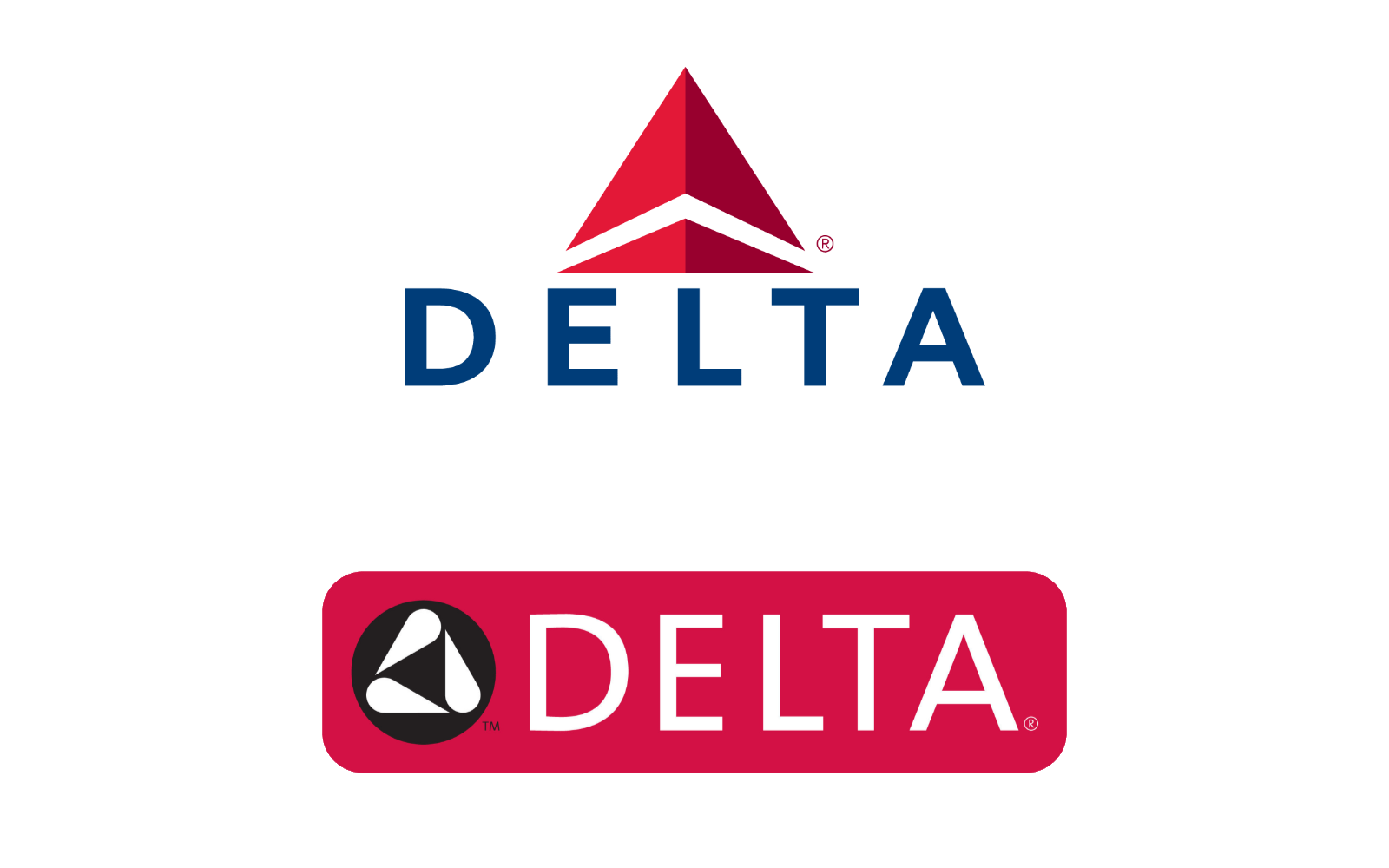What is a Trademark?
A trademark includes any word, name, symbol, device (or combination) used in commerce to identify and distinguish the goods or services of one seller from those sold by others. Trademarks provide valuable intellectual property rights, helping organizations make their brand known and enabling them to license it to others. A registered trademark gives you the exclusive right to use the trademark for up to 10 years in Canada. Registering a trademark means it is entered in the Canadian Register of Trademarks.
A registered trademark deters counterfeiters from confusing the marketplace with a similar trademark or trying to make money by using your trademark.
Additionally, trademarked materials can be used to efficiently communicate the values and ideals your brand represents and imbue those same values to products and services bearing your trademark.
Examples of valuable and famous trademarks include Google, Microsoft, IBM, Apple logo, and Nike’s “Just Do It” slogan.

Understanding Trademarks
Trademarks, Company Names, and Domain Names are often confused.
- Trademarks: Your company name, your logo, or the way you identify or refer to your goods or services.
- Company Names: The name under which you conduct your business, your business name, or your trade name.
- Domain Names: The name of your website address on the internet.

Additionally, there are two types of trademarks:

An ordinary mark may include elements such as words, designs, tastes, textures, moving images, sounds, scents, 3-dimensional shapes, or colours. A trademark may consist of one or any combination of elements to distinguish goods or services of a specific company, organization, or individual.

A certification mark can be licensed to many people or companies to identify that certain goods or services meet a defined standard. Some common examples include the Energy Star or CE (conformité européenne) mark, used on consumer electronics to denote their energy efficiency and their compliance with various European protection standards, respectively.
It is common to mark your trademark with the following symbols:
- The ® sign indicates that the trademark is registered.
- The ™ sign indicates that the trademark is unregistered or in the process of being registered.
Choosing a Trademark
When choosing trademarks, such as a logo or brand name, you should consider how the trademark impacts the idea of your product and brand. Trademarks are an opportunity to shape the perception of your product and enhance its appeal.
Trademarks that cannot be registered include:
- Common, generic descriptive marks such as “Buttery Popcorn;”
- Words that are the names of goods in another language;
- Trademarks based on a place of origin (e.g. “Italy”), or those that include a place of origin from which your product does not originate (e.g., “Norwegian Fashion” if your clothing not associated with Norway);
- Names and Surnames;
- Trademarks that could be confusing with other existing trademarks. Note that similar trademarks can be registered, as long as either trademark would not be confused for the other

Delta Air Lines (top) and Delta Faucet Company (bottom) both use the word “delta”, the colour red, and a triangular logo to distinguish their goods. However, as both are familiar brands and operate in different industries, the existence of similar trademarks does not produce brand confusion.
A common exception to some of these restrictions is if your proposed trademark has already acquired distinctiveness and represents your goods and services in the public mind. If it already strongly represents your brand, you may still be eligible for registering it as trademark.
Summary
- A trademark includes any word, name, symbol, device (or combination) used in commerce to identify and distinguish the goods or services.
- Registering a trademark allows you to protect your identity and provides enhanced commercial opportunities to build your reputation and/or license your product.
- There are restrictions on what you can and cannot trademark. It is always a good idea, however, to pick something that is distinctive and helps promote the idea and values of your product or brand.
Register for Fundamentals of IP at McMaster Complete Course

Learn from enhanced and interactive lessons, get access to more content, and receive a certificate of completion.
These modules are created and facilitated by the McMaster Industry Liaison Office (MILO)
Disclaimer: The content of these modules provides general information regarding basic principles of intellectual property law and of commercialization. The content should not be taken as legal or professional advice. For specific advice, seek independent legal counsel.
McMaster University recognizes and acknowledges that it is located on the traditional territories of the Mississauga and Haudenosaunee nations, and within the lands protected by the “Dish with One Spoon” wampum agreement.
© McMaster Industry Liaison Office (MILO), all rights reserved, 2023. For more information, please visit: milo.mcmaster.ca
